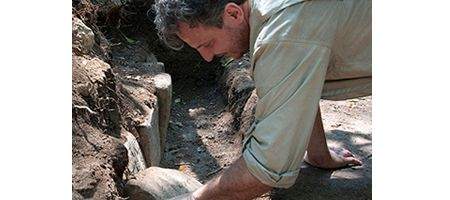New evidence has been found that the Mayan calendar ended on 21 December this year – but gives no indication that the Maya expected the world to end then too.

“In times of crisis, the ancient Maya used their calendar to promote continuity and stability rather than predict apocalypse,” says Marcello Canuto, director of Tulane University’s Middle American Research Institute.
Canuto headed a team of archaeologists working at the site of La Corona in Guatemala, where they discovered a 1,300-year-old Maya text which they describe as one of the most significant hieroglyphic finds in decades.
It provides only the second known reference to the so-called ‘end date’ of the Maya calendar, December 21, 2012.
Since 2008, Canuto and Tomás Barrientos of the Universidad del Valle de Guatemala have directed excavations at La Corona, a site previously ravaged by looters.
“Last year, we realized that looters of a particular building had discarded some carved stones because they were too eroded to sell on the antiquities black market,” says Barrientos. “So we knew they found something important, but we also thought they might have missed something.”
And indeed they had: the longest text ever discovered in Guatemala. Carved on staircase steps, it records 200 years of La Corona history and commemorates a royal visit to La Corona in AD 696 by the most powerful Maya ruler of that time, Yuknoom Yich’aak K’ahk’ of Calakmul. Thought by scholars to have been killed in battle, he was visiting allies and allaying their fears after his defeat.
“This was a time of great political turmoil in the Maya region and this king felt compelled to allude to a larger cycle of time that happens to end in 2012,” says David Stuart, director of the Mesoamerica Center at the University of Texas at Austin.
So, then, no predictions of global destruction. “This text talks about ancient political history rather than prophecy,” says Canuto.






